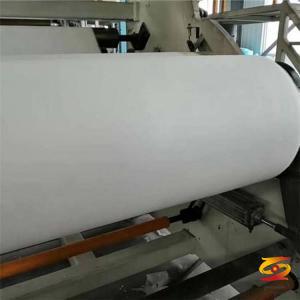The Impact of U.S. Tariff Hikes on China's Plastic Extrusion Machinery Industry
The Impact of U.S. Tariff Hikes on China's Plastic Extrusion Machinery IndustryKeywords: plastic extrusion, plastic extruder, extrusion machinery, plastic extrusion machine, plastic pipe production line, PVC profile extrusion, plastic sheet extrusion, PE pipe extruder, plastic recycling extruder, twin-screw extruder
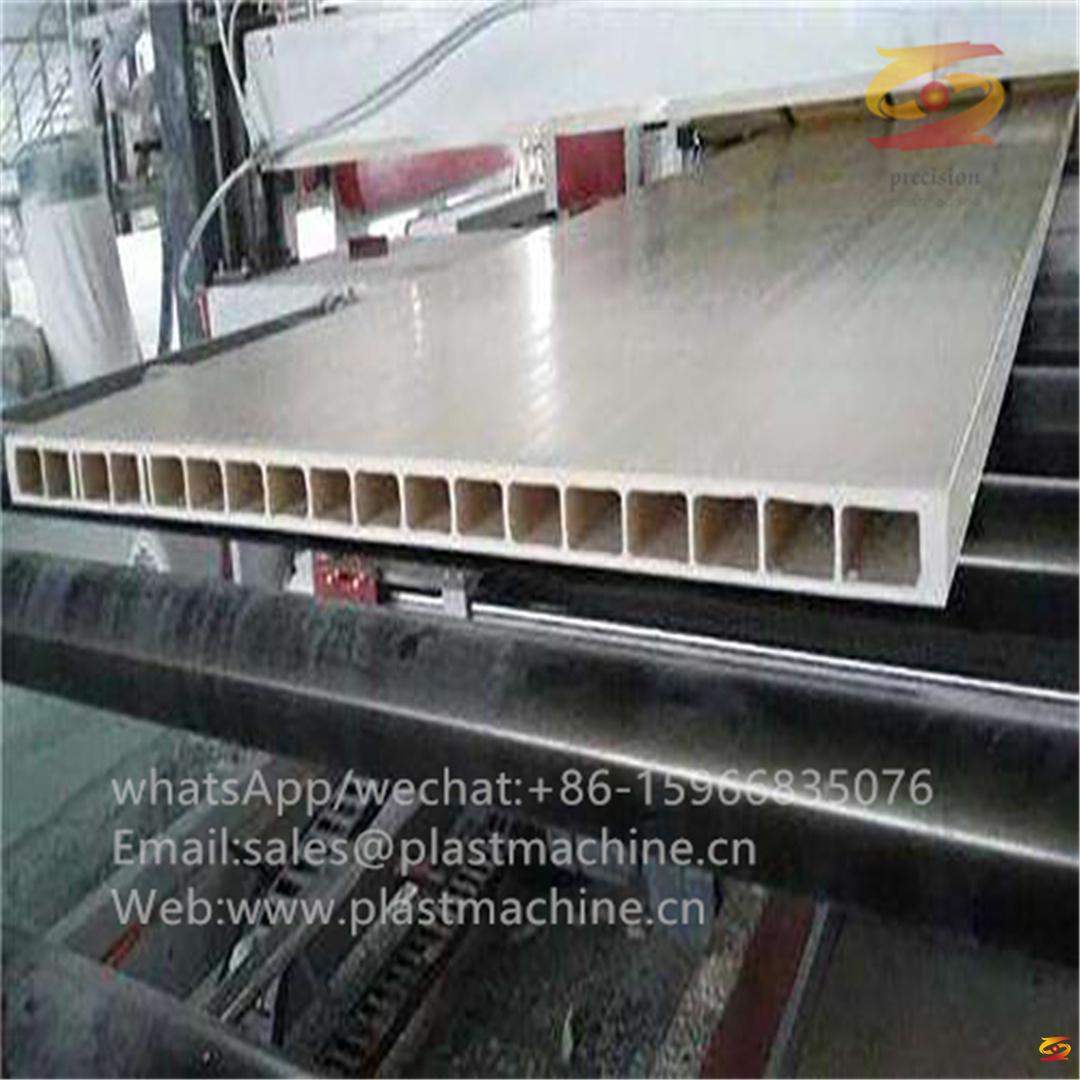
Introduction
As the U.S. government imposes additional tariffs on Chinese imports, China’s plastic extrusion machinery industry is feeling the pressure. With plastic extrusion machines being a major export category, especially to developing and industrialized nations including the United States, increased trade barriers can have ripple effects across production, pricing, and global competitiveness.
This article analyzes how the tariff policy shift may reshape the landscape of the plastic extrusion equipment market, and how Chinese manufacturers can adapt to maintain resilience and growth.
1. Understanding the Plastic Extrusion Machinery Market
Plastic extrusion is a vital manufacturing process used to create products such as plastic pipes, profiles, films, sheets, and granules. Chinese manufacturers are global leaders in producing:
PVC profile extrusion lines for windows and doors
Plastic pipe production lines (HDPE, PPR, PVC)
Plastic sheet extrusion machines for packaging and construction
Plastic recycling extruders
Twin-screw extruders for compounding applications
These products are widely exported under the category of plastic extruders and extrusion systems.
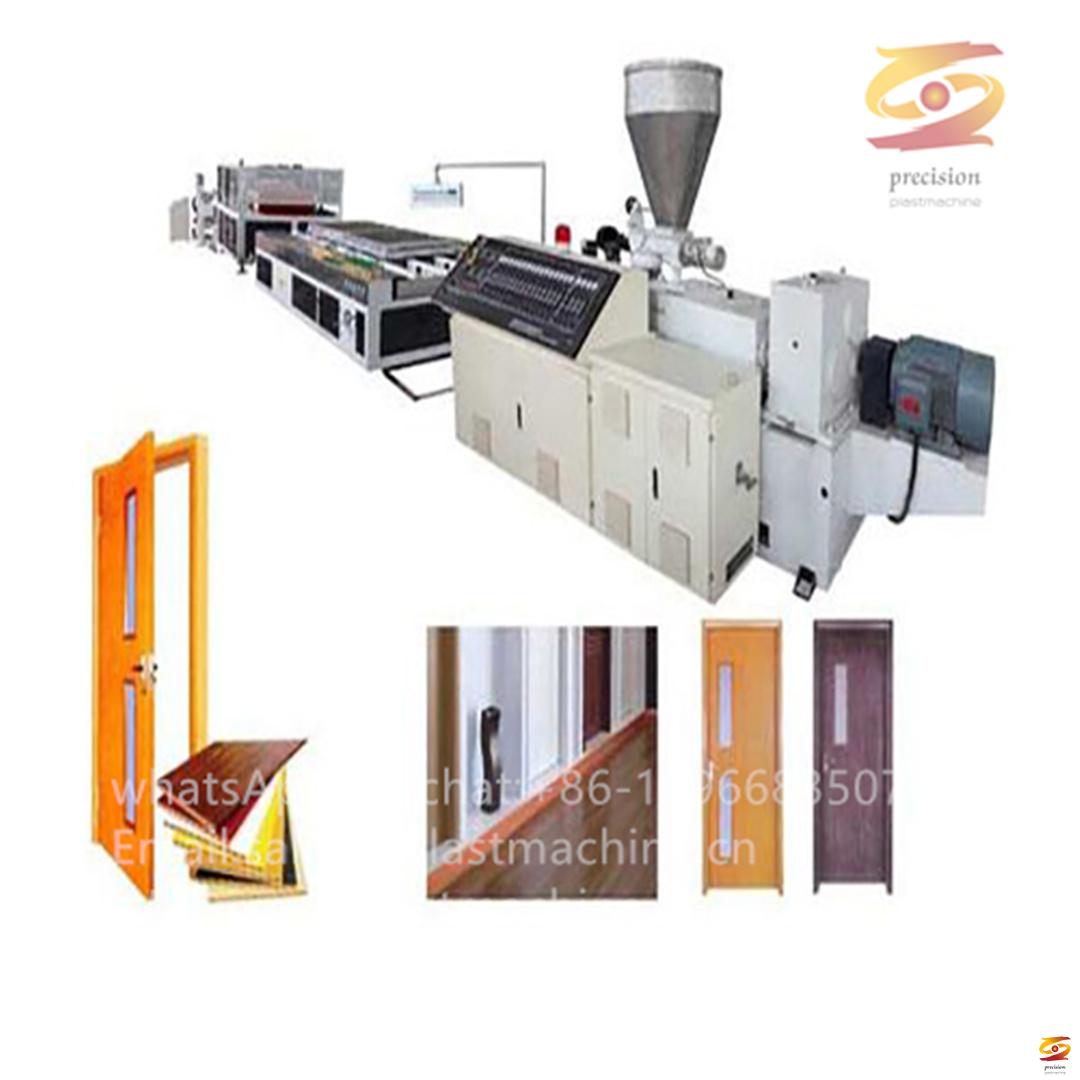
2. Tariff Impact on Export Costs and Price Competitiveness
The most direct impact of U.S. tariffs is on pricing. A 25% or higher tariff significantly raises the landed cost of Chinese plastic extrusion machines for American buyers.
Resulting Effects:
Reduced U.S. demand for Chinese extrusion machines due to higher import costs
Increased price advantage for local or alternative suppliers (e.g., European, Indian)
Lower profit margins for Chinese exporters who may absorb some of the added cost
Disruption in existing contracts or delays in U.S. machinery investments
This makes Chinese plastic extruder manufacturers less competitive in one of their traditionally large markets.
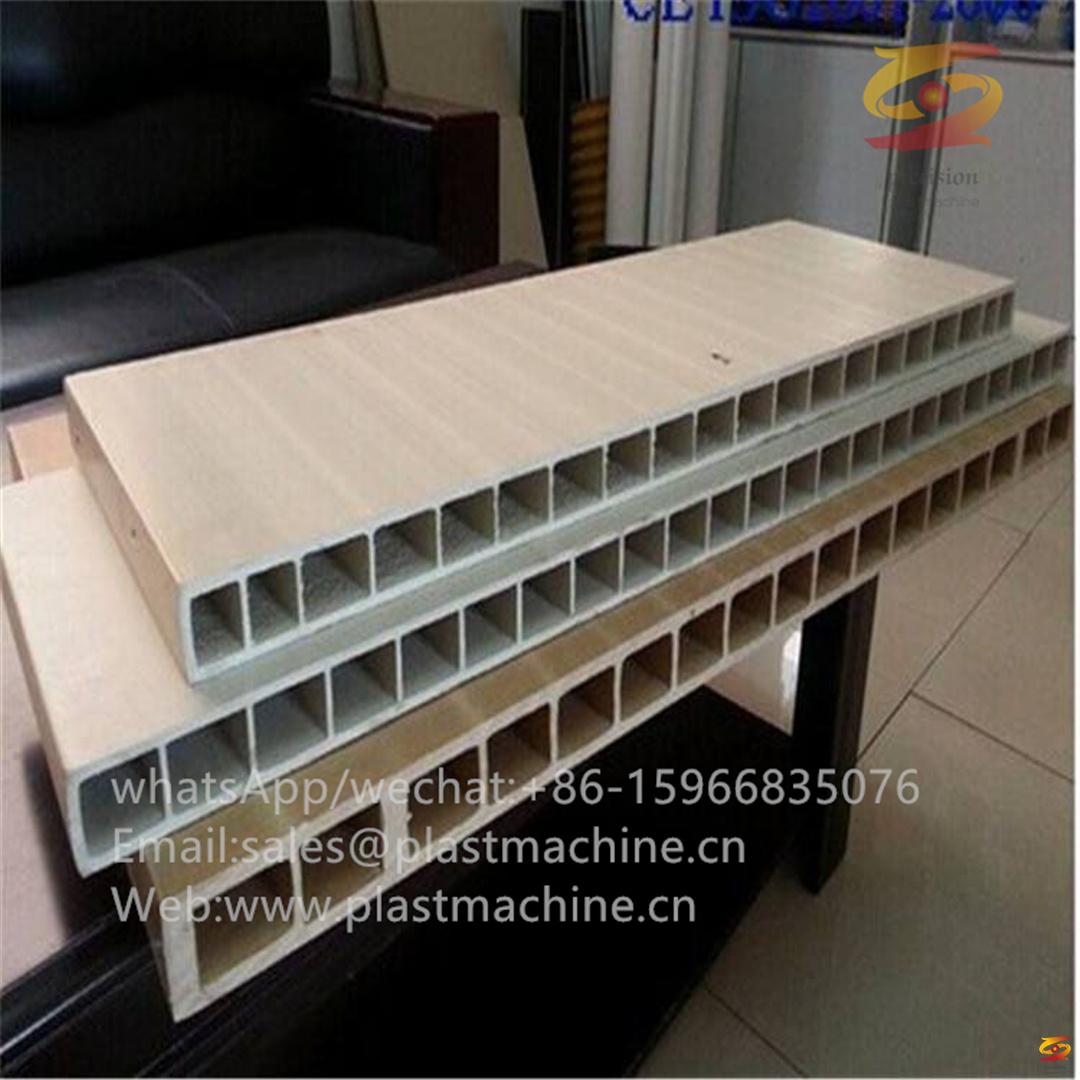
3. Supply Chain Shifts and Diversification Strategies
Faced with U.S. trade barriers, many Chinese manufacturers are shifting focus to emerging markets in Southeast Asia, the Middle East, Africa, and Latin America.
Adaptation Tactics:
Relocating assembly lines to countries like Vietnam or Mexico to bypass tariffs
Strengthening R&D to move up the value chain with more intelligent, energy-saving plastic extruders
Expanding local service networks in non-U.S. markets to maintain customer loyalty
Offering OEM/ODM options to global partners seeking alternative suppliers
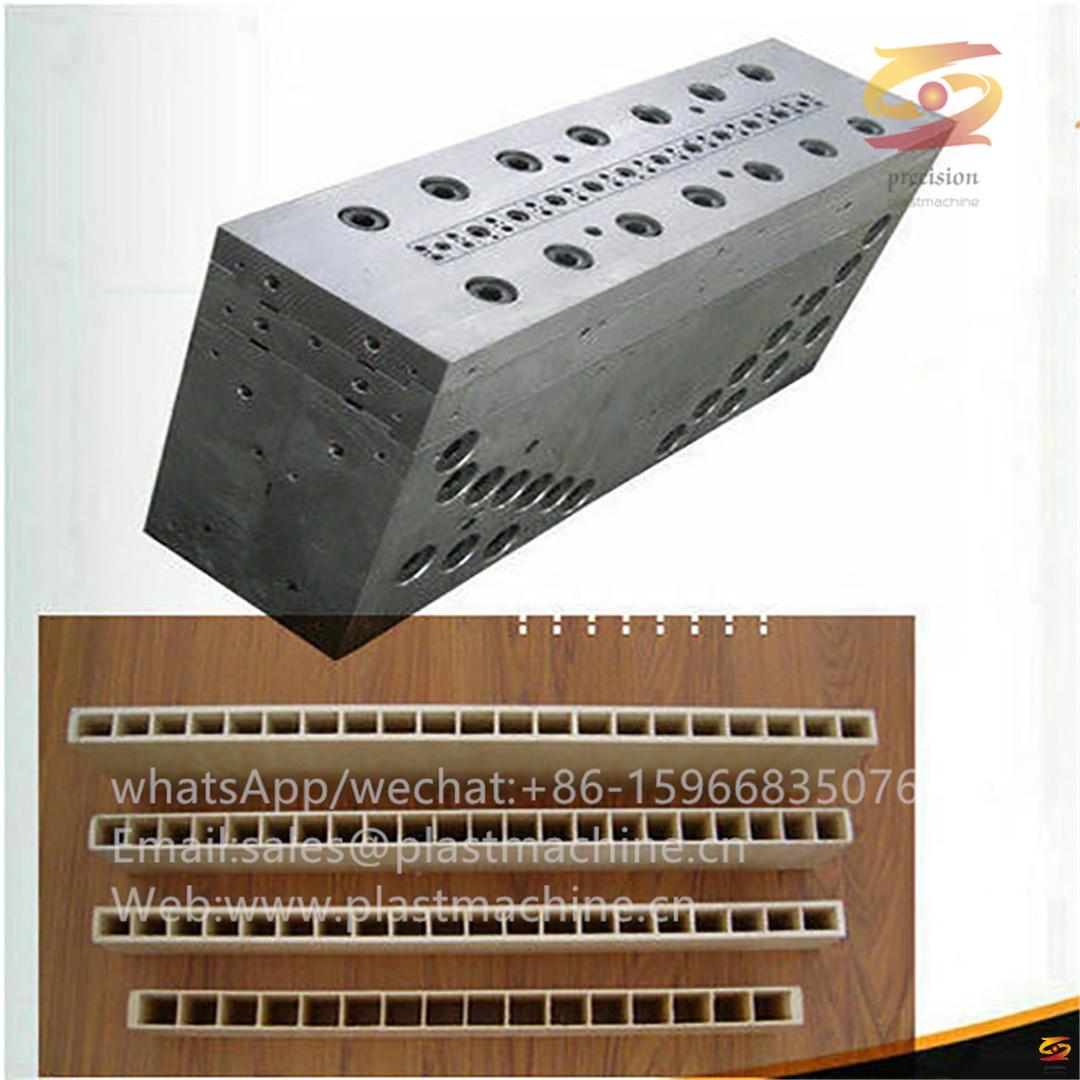
4. Long-Term Impact on Innovation and Automation
Tariff pressure may indirectly accelerate technological upgrading in China’s extrusion machinery sector.
Trends Include:
Smart extrusion lines with IoT-based control systems
Energy-efficient plastic extruders for sustainable production
Integration of AI for predictive maintenance
Modular design for rapid customization
By moving toward Industry 4.0 standards, Chinese manufacturers can reduce their dependency on price competition and focus on innovation-driven growth.
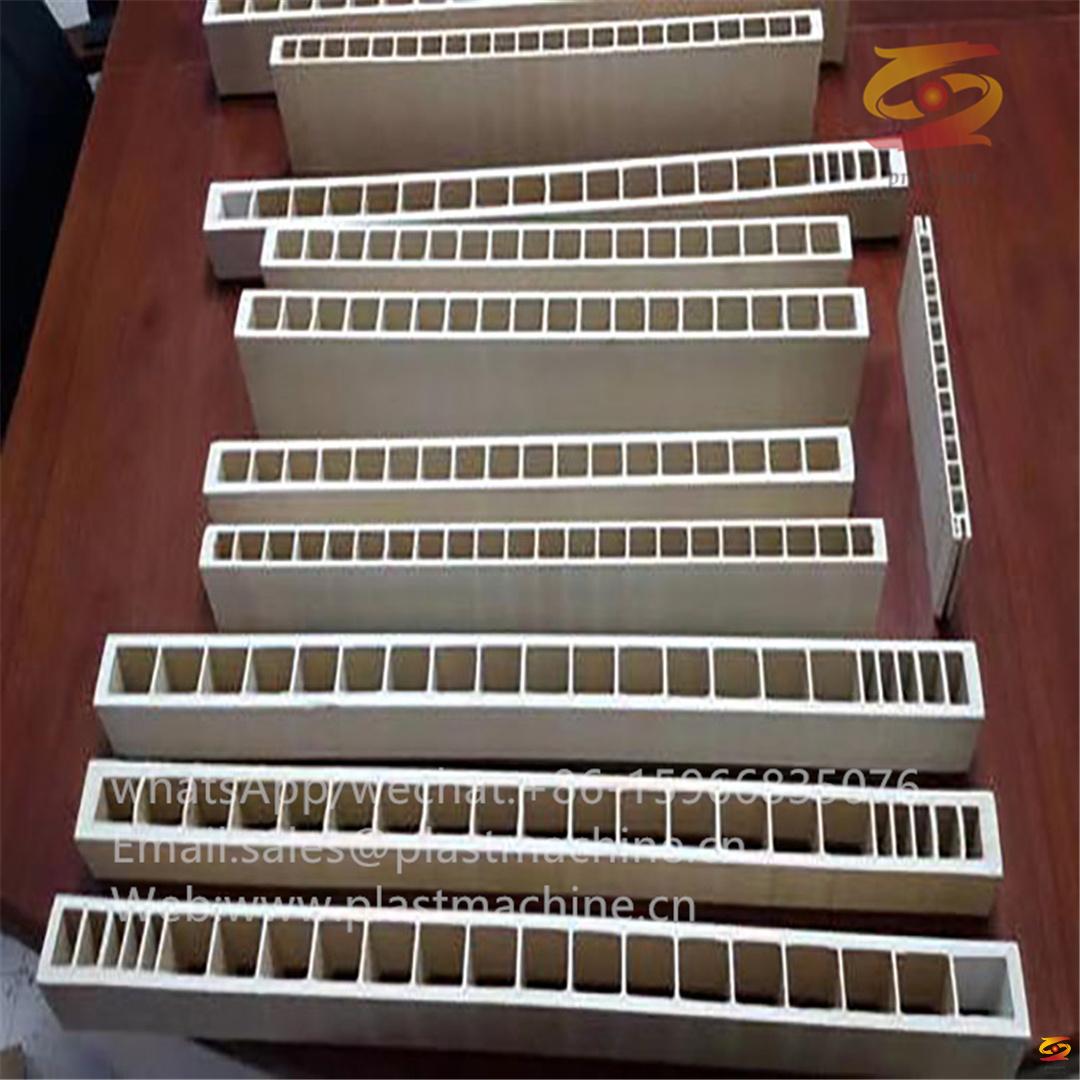
5. What This Means for Global Buyers
For global buyers seeking plastic extrusion equipment, U.S. tariffs on Chinese machines may cause short-term uncertainty but also present new opportunities.
Recommendations:
Buyers in tariff-affected regions may look for alternative suppliers in Asia or Europe
Buyers outside the U.S. can benefit from more competitive pricing as Chinese firms divert exports
Long-term partnerships with Chinese suppliers may yield customized, tech-upgraded solutions at lower cost
Conclusion
Although the U.S. tariff increase adds pressure to China’s plastic extrusion machinery industry, it also pushes manufacturers toward greater diversification, innovation, and global strategy development. As markets adjust, companies that focus on quality, automation, and flexible global sales networks are likely to emerge stronger.


